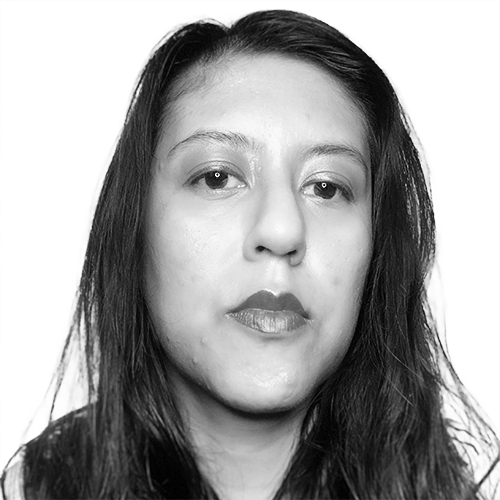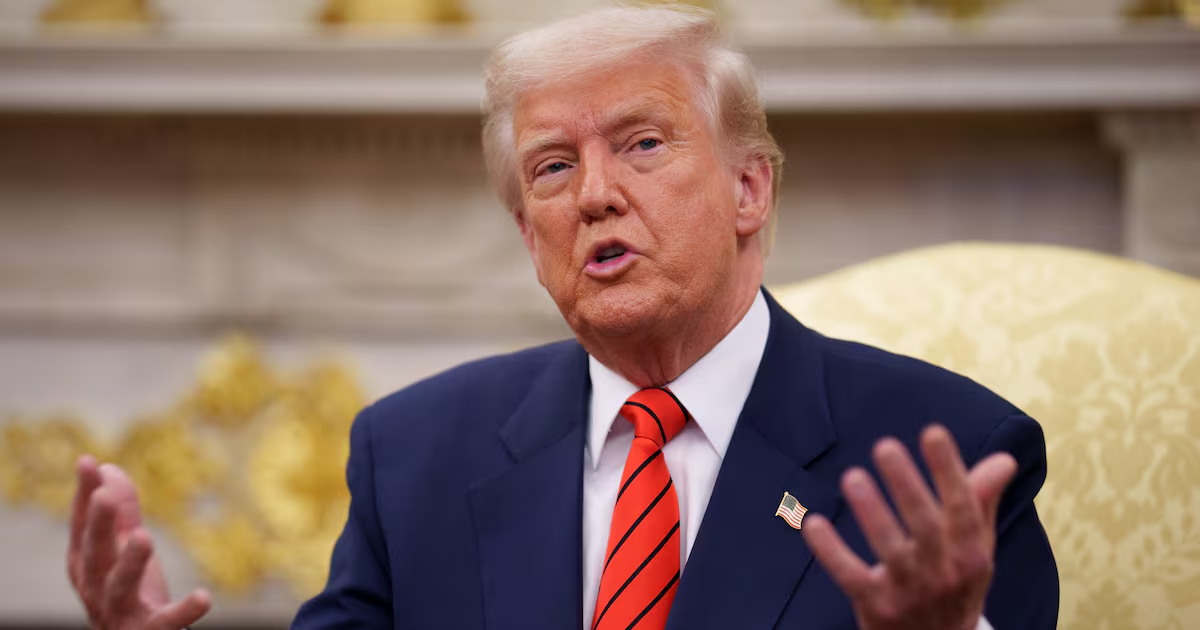The U.S. health-care industry is poised to grow tremendously over the next decade, but that doesn’t mean its workers will reap the benefits. Not even doctors are safe from the crushing weight of debt anymore. Take Julian Hirschbaum, a fifth-year resident in internal medicine and pediatrics at the University of Southern California Medical Center in Los Angeles and the regional vice president of the Southern California Committee of Interns and Residents with the SEIU workers union.
“I owe $200,000 in student loans, and that’s just medical school,” he told The Daily Beast. “On a personal note, it’s something you think about on the daily. It adds to the stress you might encounter when you’re trying to do your best to care for patients. It impacts you when you’re paying for rent at the end of the month. It has influenced when I’m going to be able to start a family and impacted my ability to buy a house.”
Hirschbaum works at a safety net hospital in Los Angeles, and he explained that applying to student loan forgiveness programs isn’t as easy as it seems—not even for an essential worker like himself. “Prior to residency, I applied to something called the National Health Service Corps.,” he said. “One or two students out of a class of 150 that I was in were able to receive that scholarship.”
The United States was already facing a health-care worker shortage prior to COVID-19, but the problem has gotten immensely worse. When the pandemic hit, the nation kept its health-care system afloat by hiring doctors and nurses from around the world, especially from countries like India, Pakistan, and the Philippines.
What the nation did not do, however, was turn the crisis into an opportunity to reform its student loan system, which has saddled health-care workers with crushing debt and continues to act as a barrier for many who want to pursue a medical career.
In 2013, the American Medical Association’s Journal of Ethics found that the average medical student loan debt burden was $161,290. Much of this debt was thanks to hidden costs that ensnared new doctors over time, such as compound interest, the cost of licensing and maintenance fees, and board exam fees.
As of 2020, that number had risen to an average debt of $207,003, according to the Association of American Medical Colleges.
None of this is particularly surprising. The average cost of four years of medical school in 2021 was $259,347 at a public school and $346,955 at a private institution. Many students must take out loans to afford residency and relocation costs, which amount to about $12,000 per person.
In other parts of health care, dental school graduates have an average of $304,834 in debt. For nurses, who often deal with the same stressors as doctors for far less pay, it’s about $57,600 in student loan debt. Nurses who pursue a PhD can accrue more than $100,000 in additional debt.
Bryan Hansberger, a clinical psychologist based in Wellesley, Massachusetts, told The Daily Beast that hospitals are places full of trauma. Doctors are taught coping mechanisms to help them compartmentalize their emotions and do their job well. However, the COVID-19 pandemic has added additional stressors that have run these coping strategies to their limits.
Finances, already a major source of stress for people in the U.S., add to the health-care workers’ burden and accelerate burnout, or contribute to negative health effects like anxiety or gastrointestinal issues. A 2020 study by Local and Regional Anesthesia found that one in three health-care workers dealt with burnout. Student debt has even been blamed as a contributing factor in the rise of suicides among physicians.
“Financial stress changes the decision calculus in someone’s head,” said Hansberger. A person has to weigh every decision on how they’re spending their money. There’s an increase in depression and anxiety symptoms, and trouble sleeping in some situations.”
Cindy Zolnierek, CEO of the Texas Nurses Association, had a nursing career of 40 years before the cost of nursing education rose to the levels we’re seeing today. She was lucky enough to have her student loan debt forgiven, and later got a traineeship that paid for her master’s degree in mental health nursing from Wayne State University. But she told The Daily Beast she does not see a great future for the nursing profession unless people are able to go to school without accruing enormous debt they’ll spend years—perhaps decades—paying off.
Many nurses, said Zolnierek, don’t retire as soon as they’d like. They’re forced to take extra shifts, or choose jobs with higher wages. In her experience, almost every nurse has considered a traveler contract because these can be so lucrative. Traveler nursing contracts are agreements between licensed nurses, agencies, and hospitals looking to fill a specific need, such as a parental leave or the retirement of an experienced nurse. The salary range for these contracts can be anywhere from $44,000 to $100,000.
Nurses may be able to apply to special loan repayment programs such as the Nurse Corps Loan Repayment Program and National Health Corps Loan Repayment Program if they work in areas of medical shortage, but nurses may not always know about their options, and may simply choose bigger cities by default. “We have a nursing shortage reduction program that has been cut every two years since 2009,” Zolnierek says. “That program gives schools money to increase their production of nurses, and they can use that money to give nurses to give students scholarships.”
The same goes for doctors themselves. Daniel Derksen, a professor of public health, medicine, and nursing at the University of Arizona, told The Daily Beast that he’s seen doctors in his state flock in greater numbers to places like Phoenix and Tucson where the pay is greater. In these urban areas, residents and doctors can find employment that is more reliable and allows medics to pay for student loans and other goals they’ve delayed during their studies, such as starting a family or buying a house.

Daniel Derksen.
Kris HanningOn the flipside, this has created shortages in physicians in rural and underserved parts of the state. “We certainly have seen this protracted pandemic strain the health infrastructure available in rural areas,” said Derksen.
And the high costs of entering the medical profession has stymied efforts to make health care more diverse. Approximately 75 percent of medical school students in the United States come from the top two income brackets. In his home state of Arizona, Derksen said he’s seen how Black, Latinx, and Native American students are barred from going into the medical profession because of its costs.
Dexter Samuels, the executive director for the Center for Health Policy at Meharry Medical College, told The Daily Beast he’s witnessed the same situation unfolding in Nashville, where the college is based. Students have been taken aback by the unusually high costs of living expenses in a Southern city.
“The No. 1 issue our students are dealing with is the financial stressor of paying for education. The other issue we're having is the cost of living in Nashville,” said Samuels. “All too often students are choosing careers based on the compensation versus their passion.” He’s watched some students graduate with over $400,000 in student loan debt.

Dexter Samuels
Vanderbilt University Medical CenterVineet Arora, the dean of medical education at the University of Chicago Pritzker School of Medicine, has witnessed this barrier firsthand as a first-generation immigrant from India. Though medical school wasn’t as expensive now as it was when she was a student 28 years ago, she still had to take out loans, apply aggressively for scholarships, and work part-time jobs to pay her way.
“The first day at Washington University Medical School in St. Louis, they asked everyone who needed financial aid to stay in class,” said Arora. “I was shocked that it felt like half the students got up and left.” She also dealt with unanticipated costs. “I had to buy a car for my third year to go on rotations. I know a lot of people, including myself, who ran up credit cards.”
The barriers to diversity don’t simply create hurdles for prospective doctors—they also foster worse health care for patients, who may miss out on getting treatment from providers who understand their struggles, or who can communicate with them in their native language. A 2017 report by the U.S. Department of Health and Human Services showed that all minority groups, except Asians, are underrepresented in health-care jobs involving the treatment and diagnosis of health conditions.

Vineet Arora.
Nancy WongAnd patients are suffering from medical student debt in other ways as well. Besides simply creating a shortage in primary care doctors, Eli Perencevich, a professor of Internal Medicine at the University of Iowa Carver College of Medicine, pointed out that high costs are also causing less students to enter specialties that may not pay as well as others.
As a student, Perencevich studied infectious diseases, one of the lowest-paying specialties in medicine (an incredible fact given how critical infectious disease experts have been during the pandemic). Given how much more debt he’d be faced with if he was entering medical school now, Perencevich isn’t sure if he’d make the same decision today. Other low-paying specialties such as endocrinology and nephrology are facing similar shortages.
And at its core, medical student debt is a very American problem. “Very few other countries have this issue where medical school graduates are so in debt,” said Perencevich.
As the pandemic drags on, President Biden continues to face increased pressure to cancel student loan debt for all borrowers in the U.S., though the administration has only moved forward with limited steps. The pause in student loan repayment at the start of the pandemic (initiated under former President Trump and renewed by Biden) has been helpful to borrowers. Harnsberger, for example, was able to put a down payment on a house and even start a business that would let him hire mental health professionals and pay them accordingly.
Hirschbaum, the resident at USC Medical Center, estimated that the pause in student loan debt payments has allowed him to save up to 10 percent of his annual salary for the time being. “I can’t imagine having to scramble to make payments during the height of the pandemic,” he said.
But ultimately, in the absence of wholesale loan forgiveness, medical students are having to rely on their own scruples, luck, and a bit of good grace from their own schools. A recent gift to Meharry Medical College, for example, allowed the school to reduce the debt burden of 280 medical students. The school also made headlines when they decided to put some CARES Act money directly into the pockets of students.
Unions like Hirschbaum’s advocate for something more radical: total and complete forgiveness for all borrowers. “Our elected leaders really need to take real significant steps in forgiving student loan debt for frontline providers,” said Hirschbaum.
Whatever the solution, we need to start implementing them soon. The pandemic has highlighted how excruciating the life of health-care workers is in this country. There will surely be more public health crises down the road—and we’ll need more doctors who are willing to step up.








